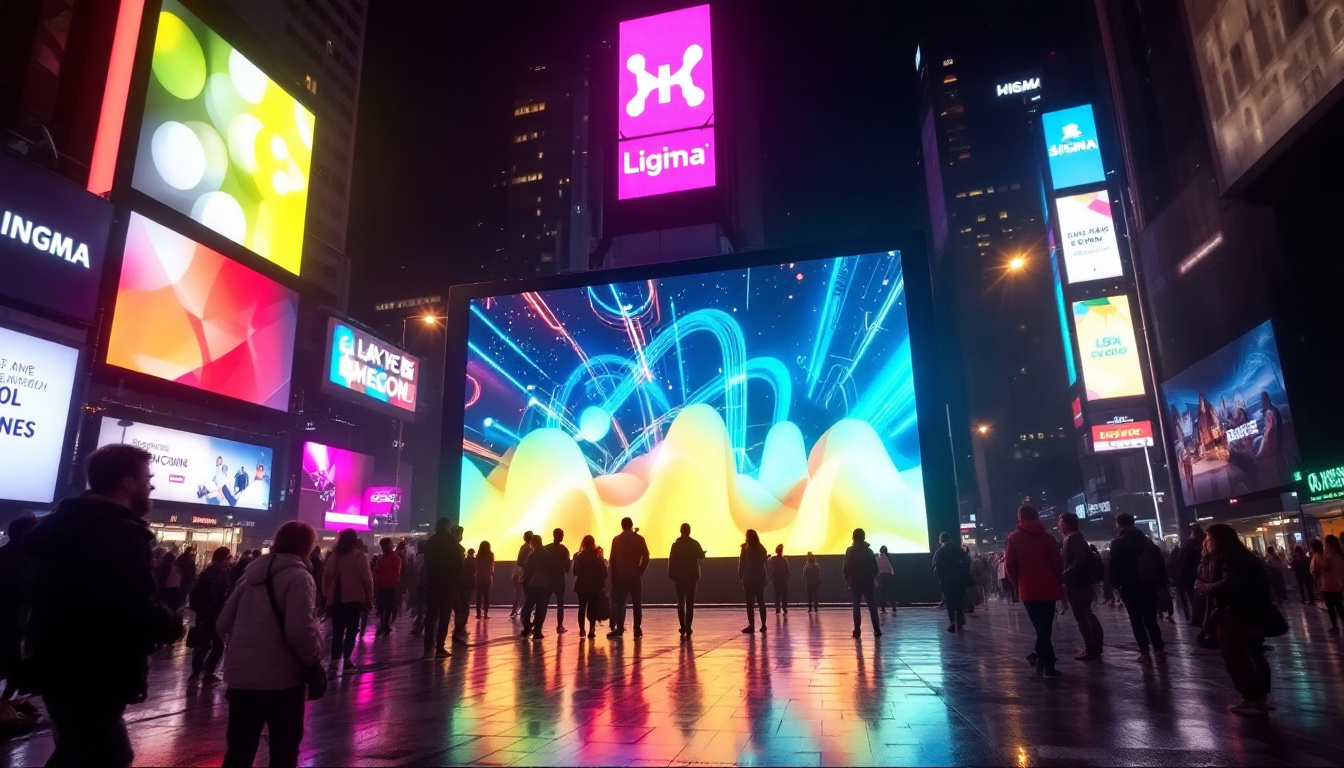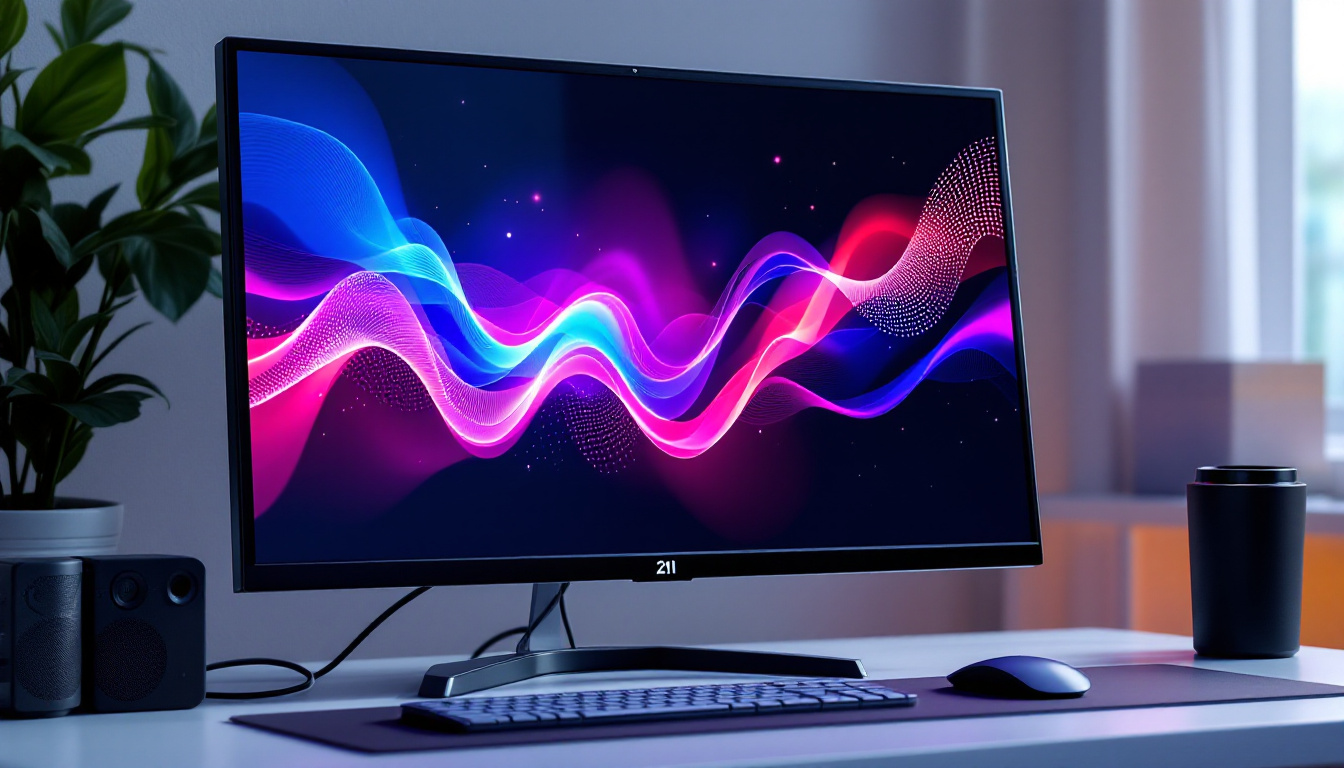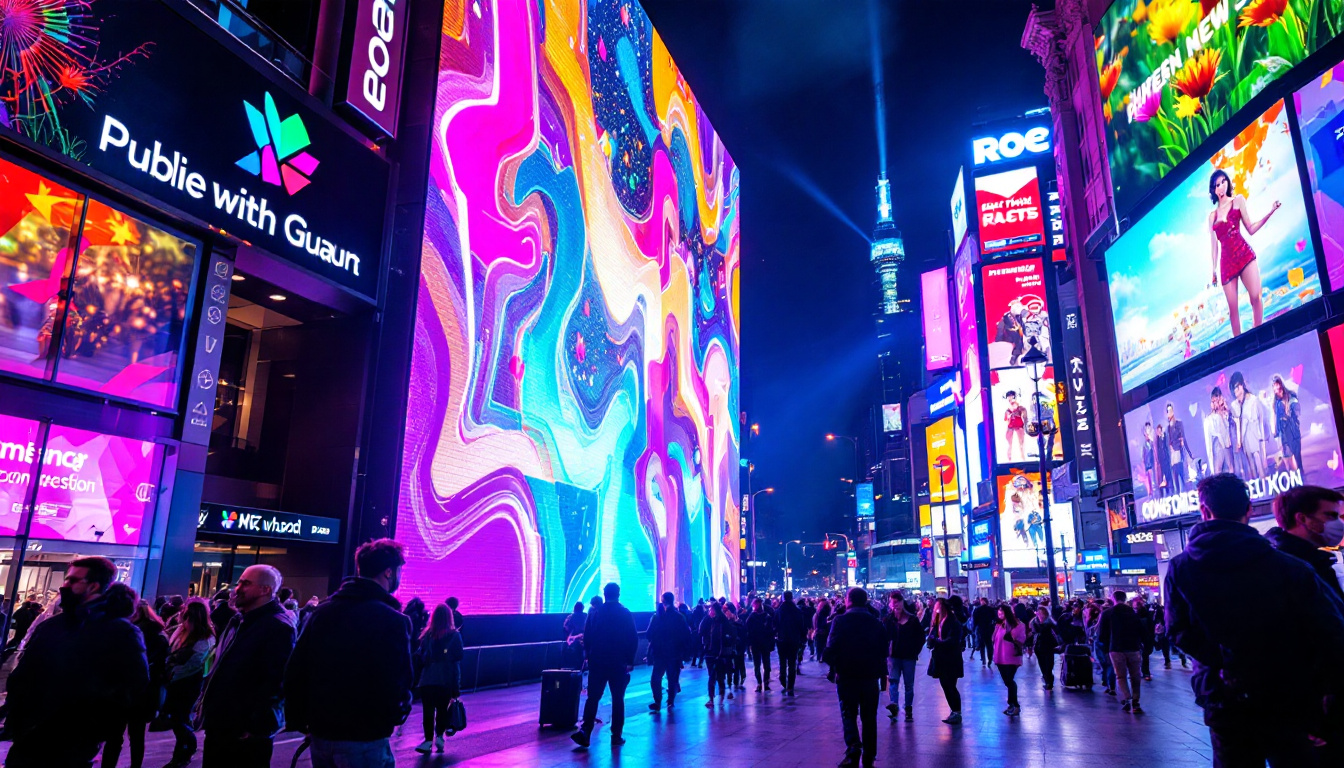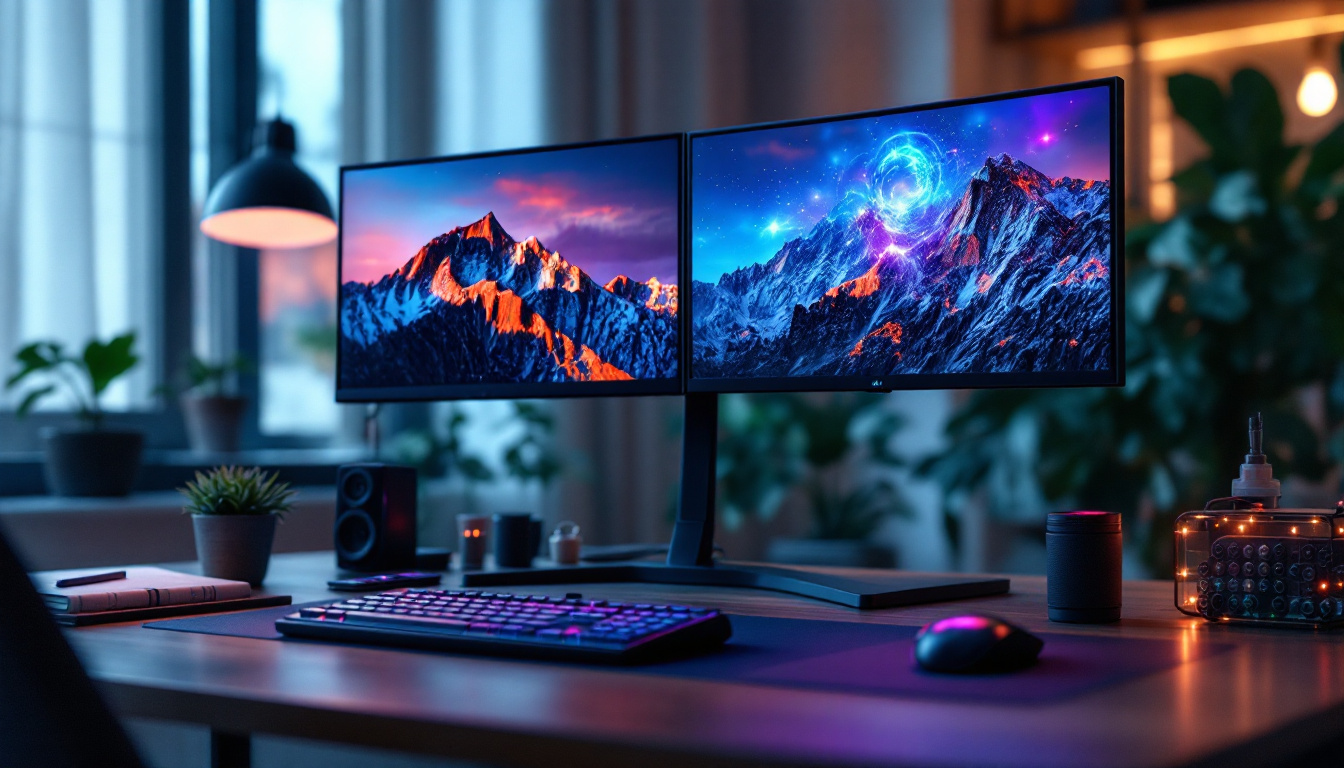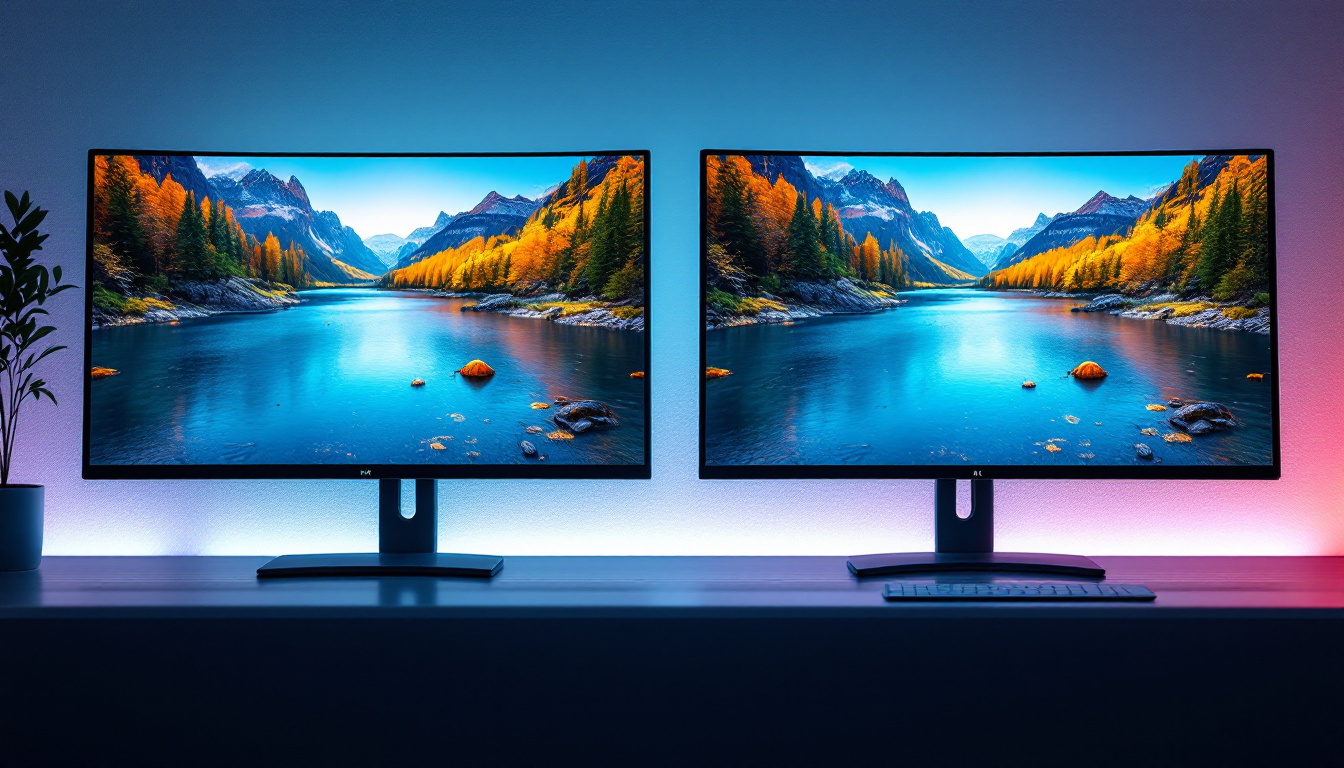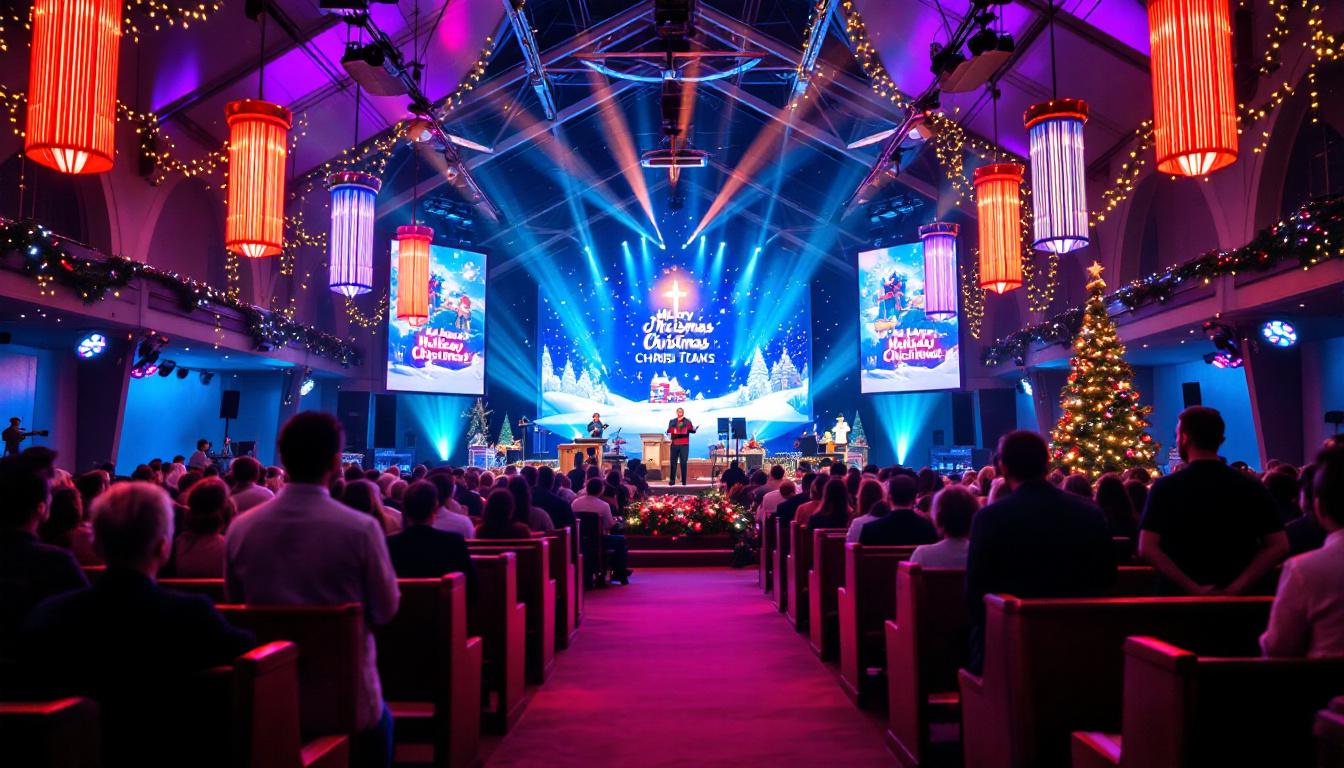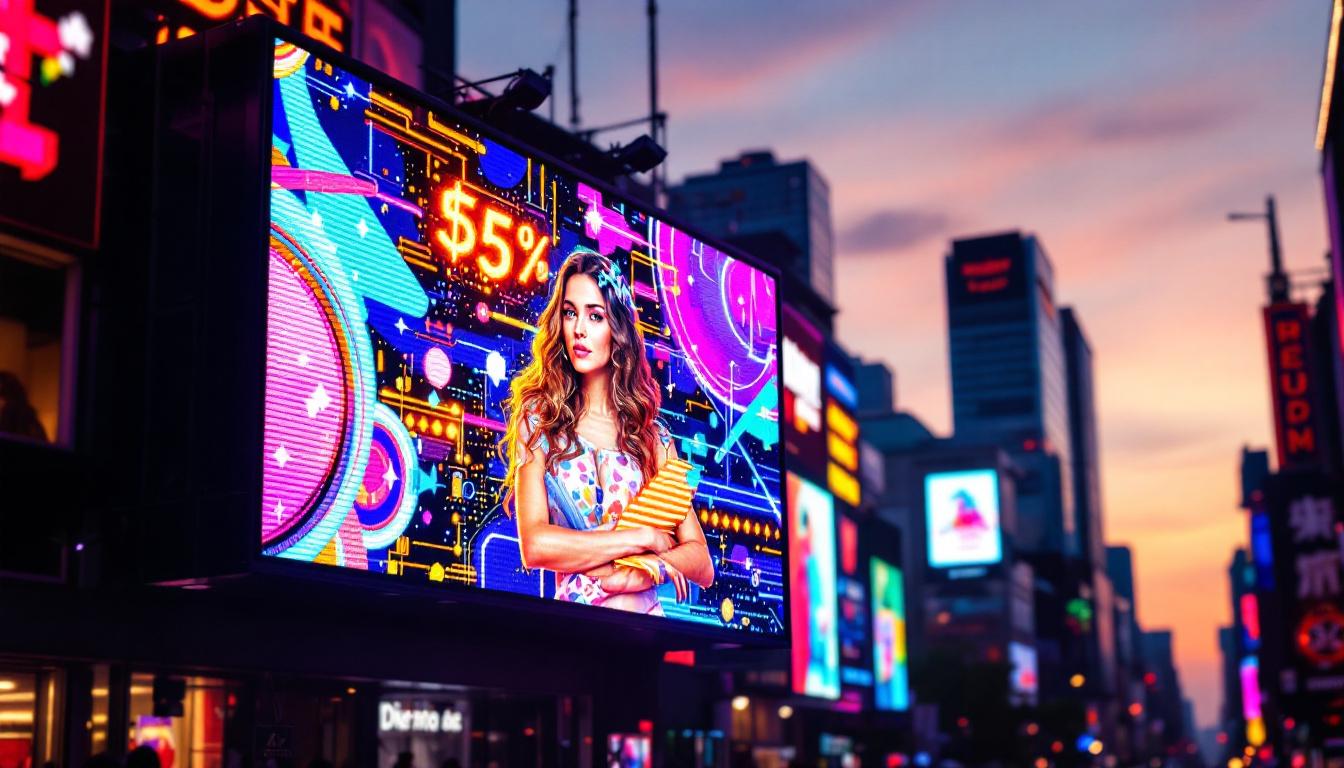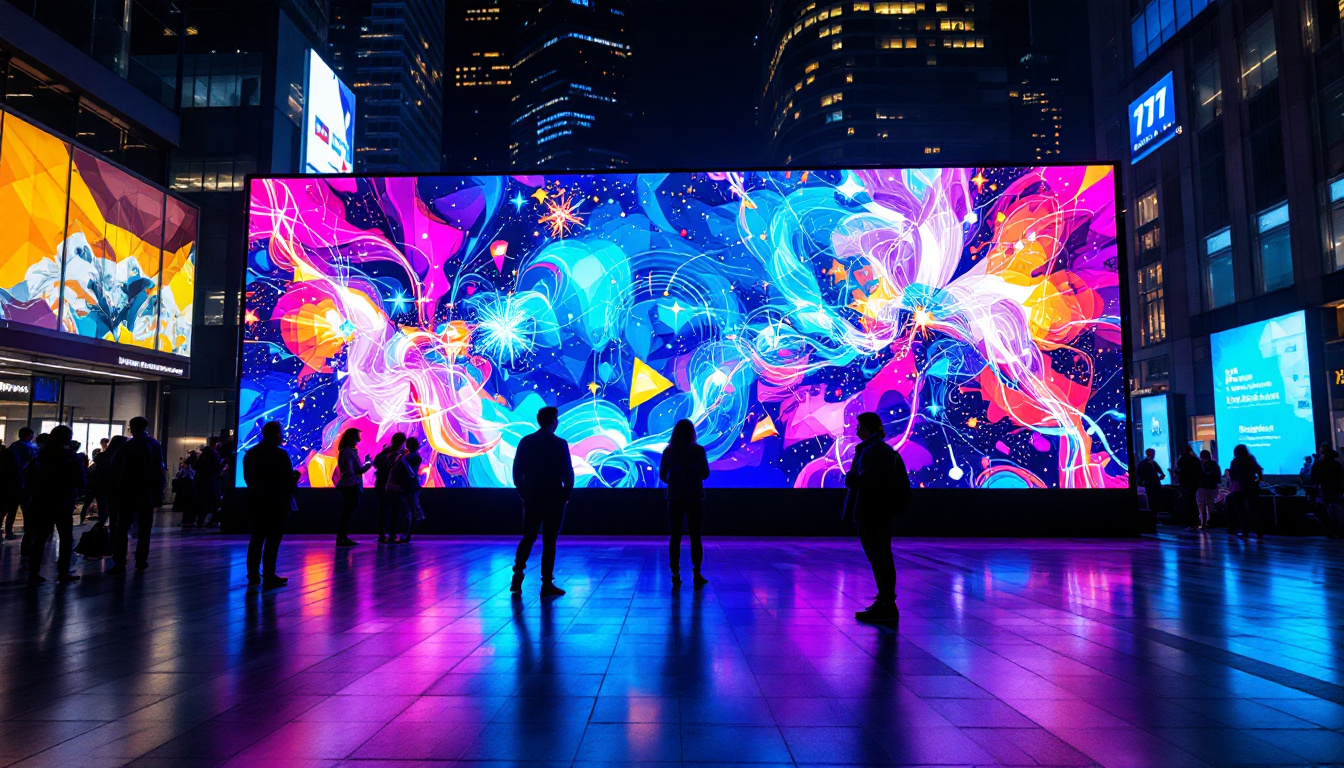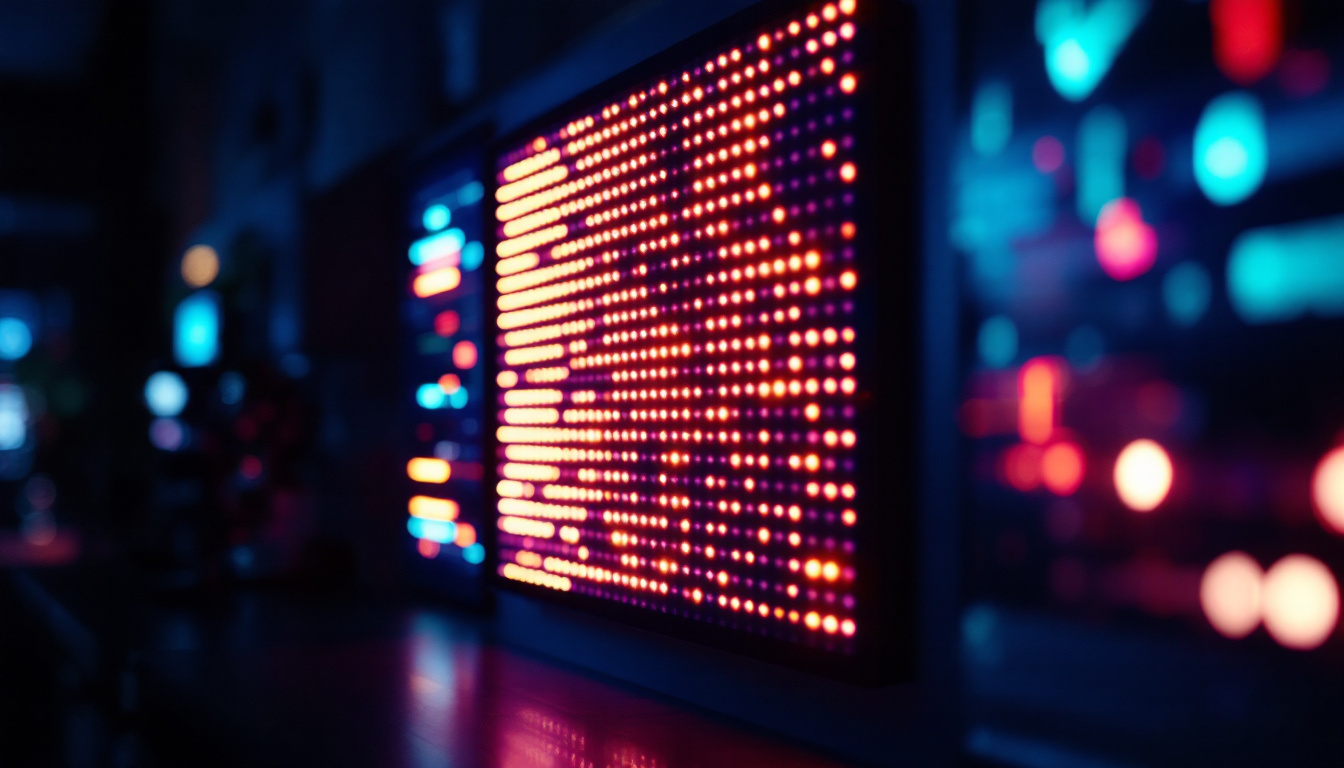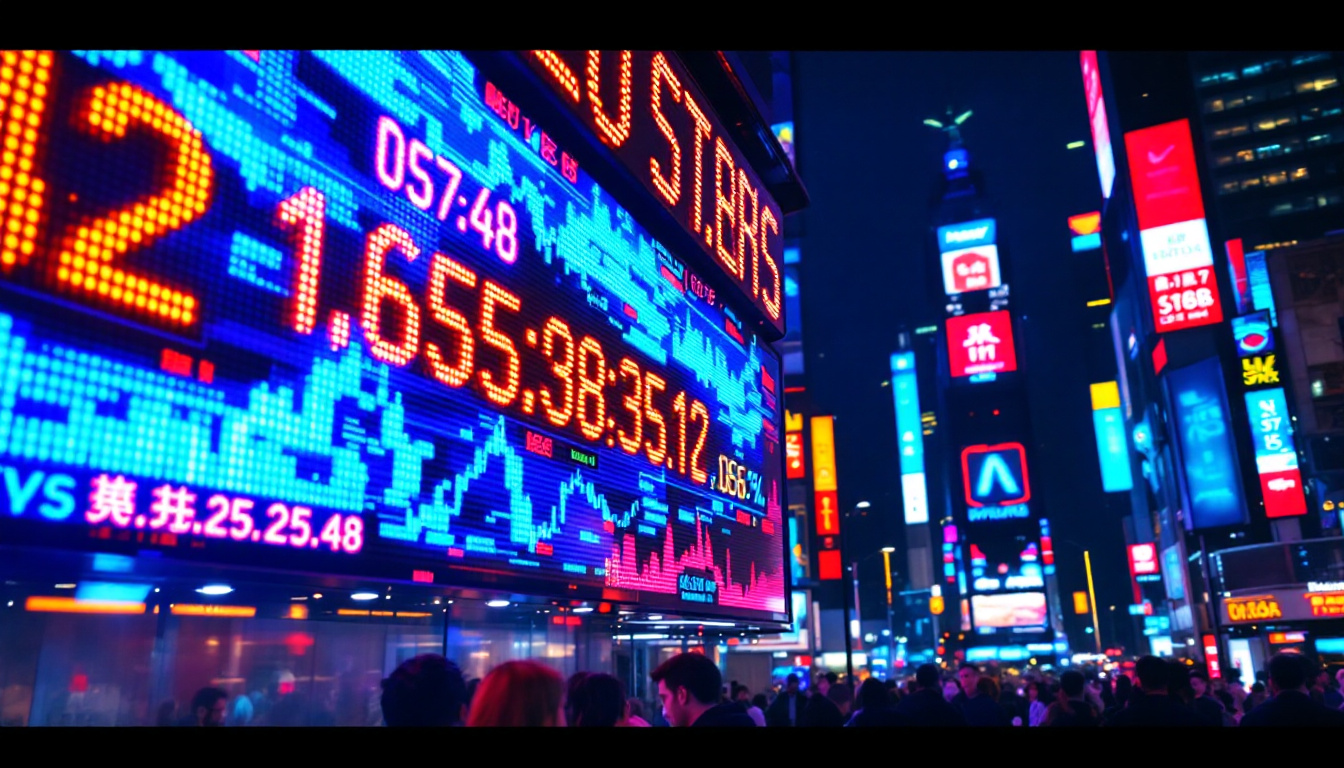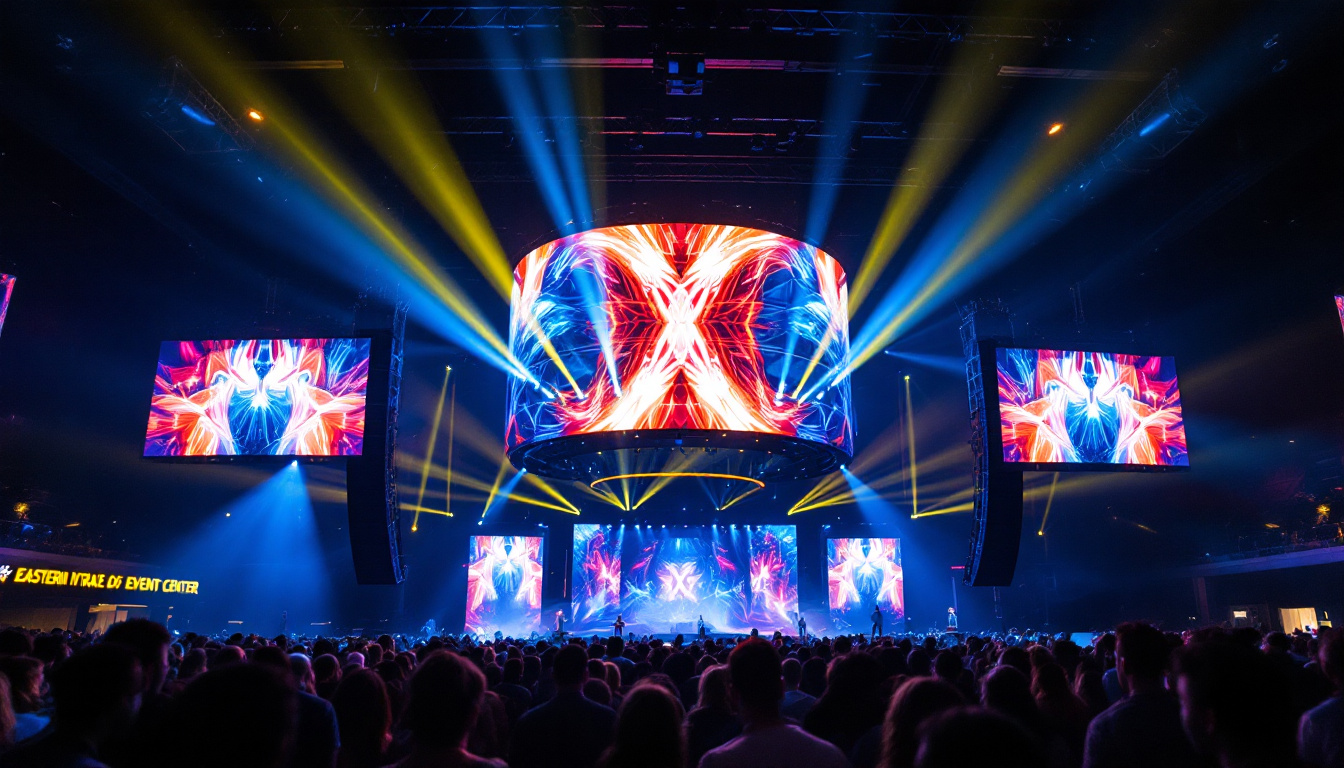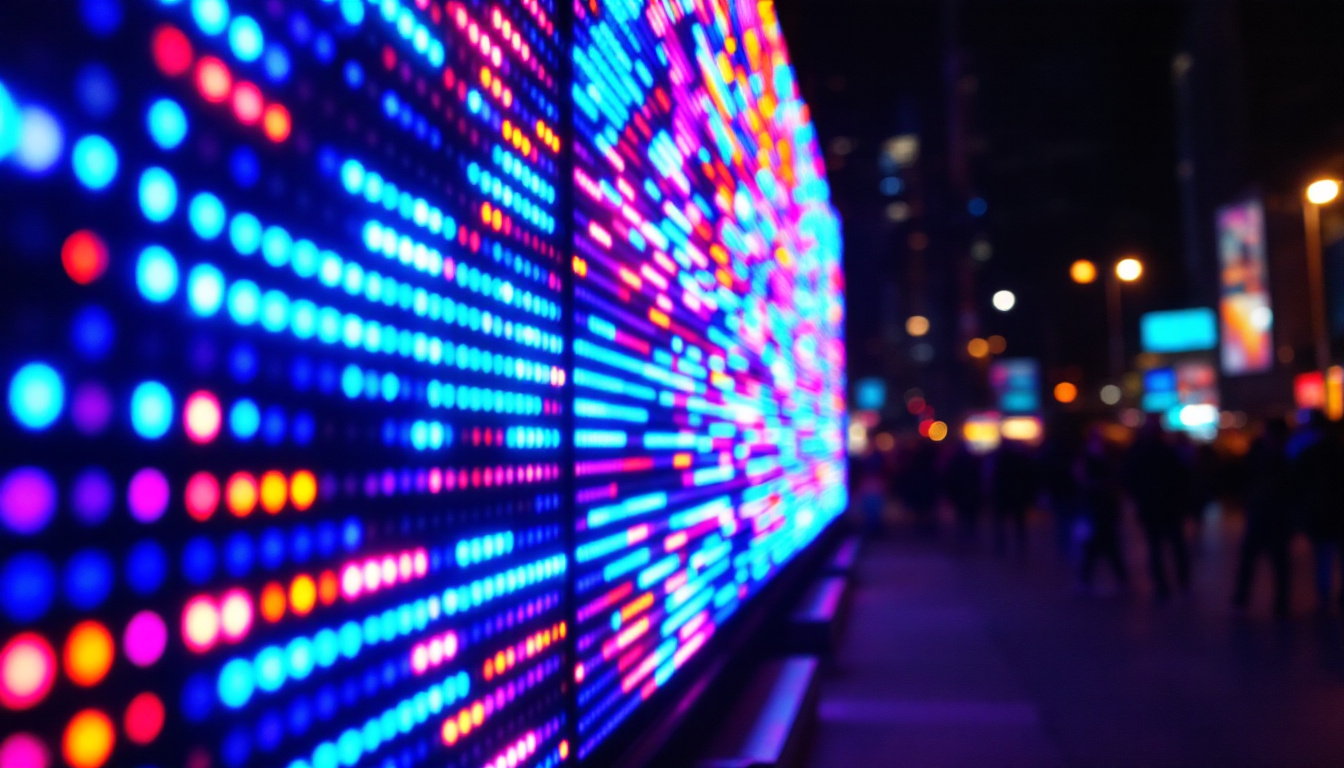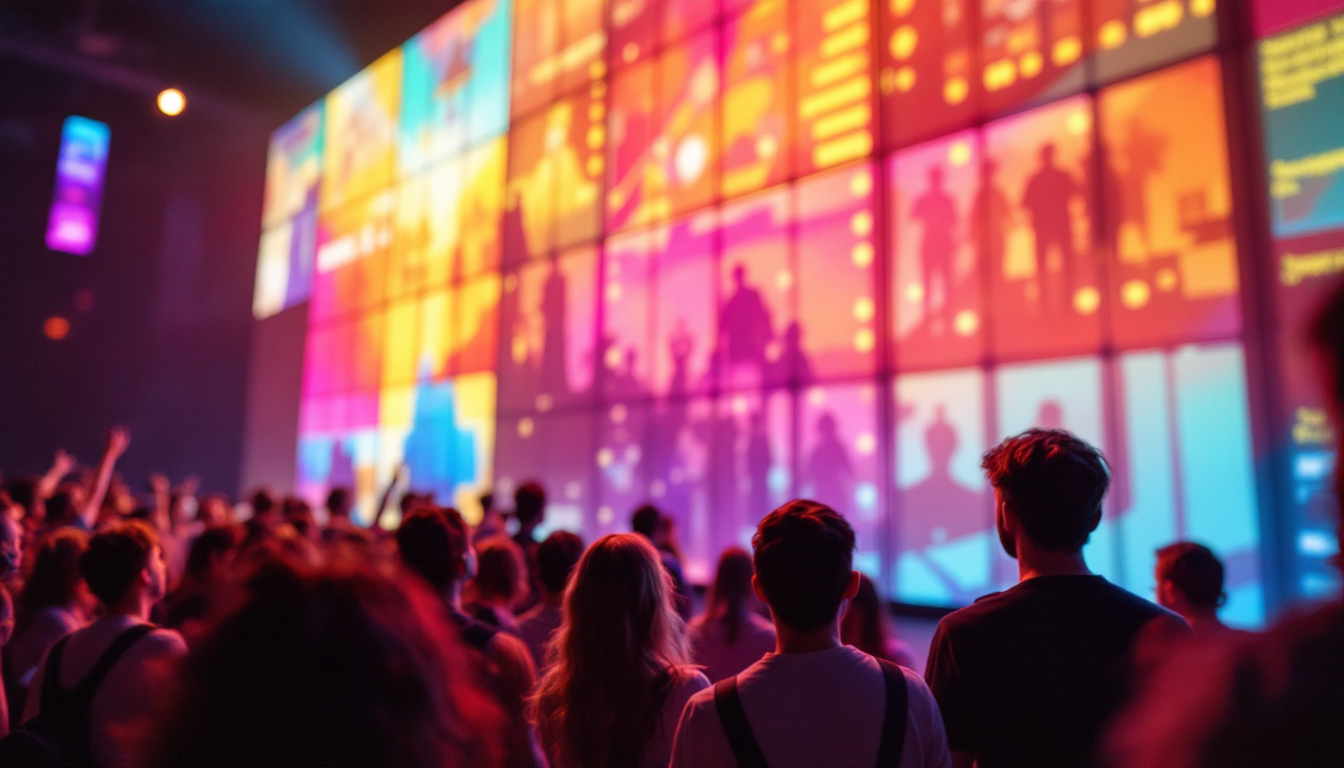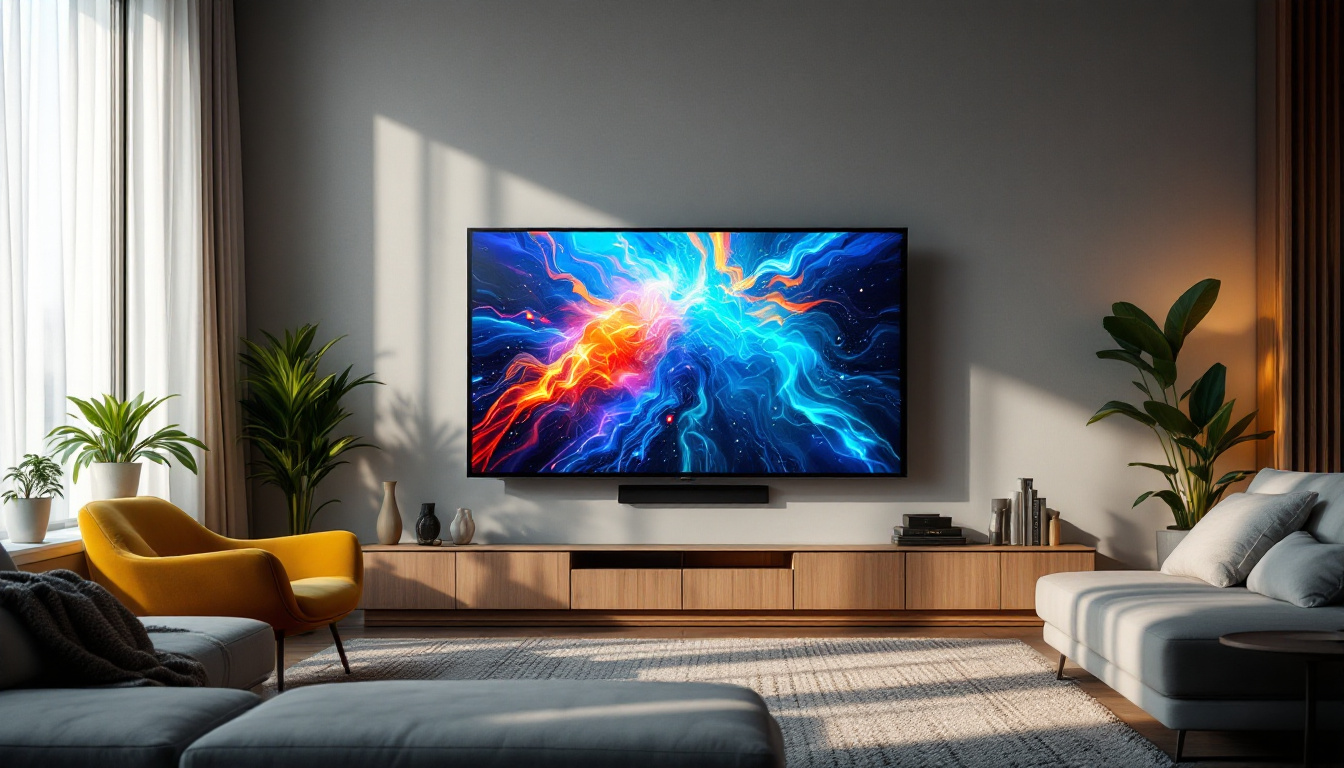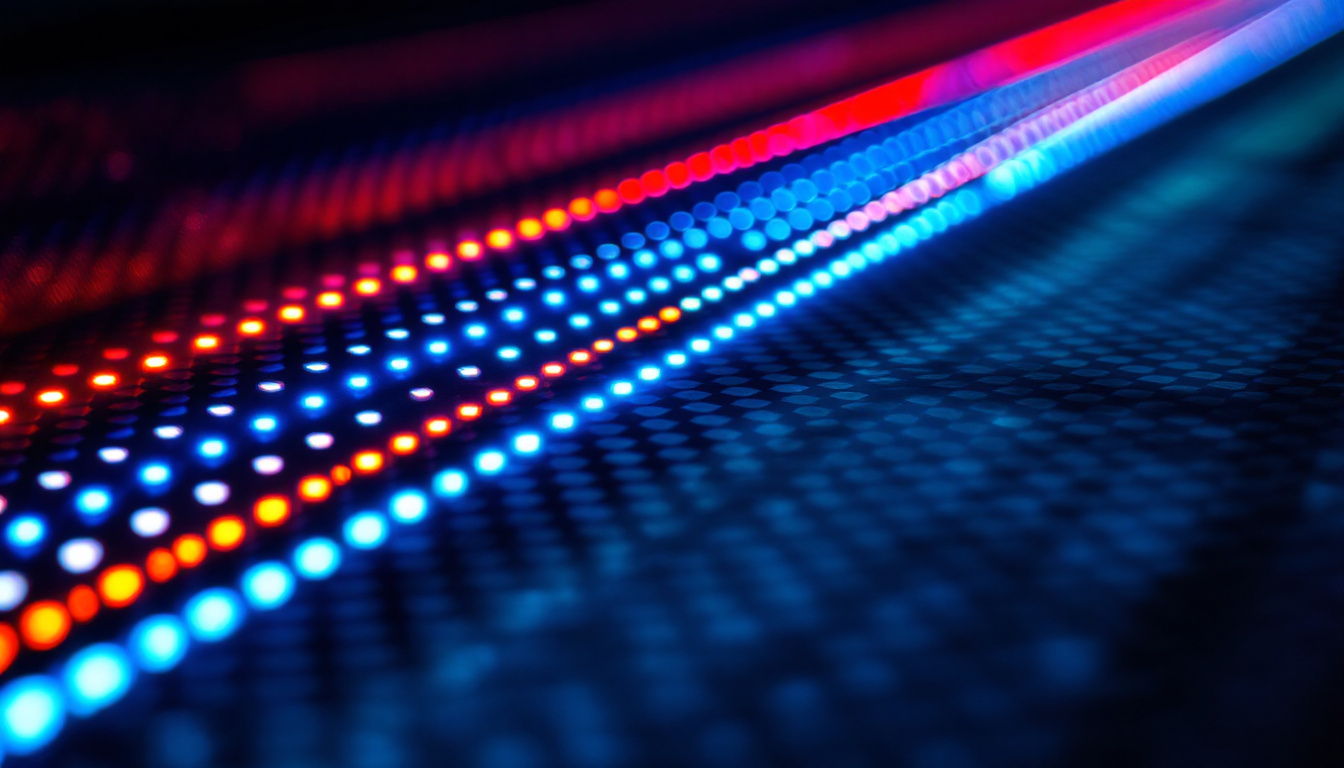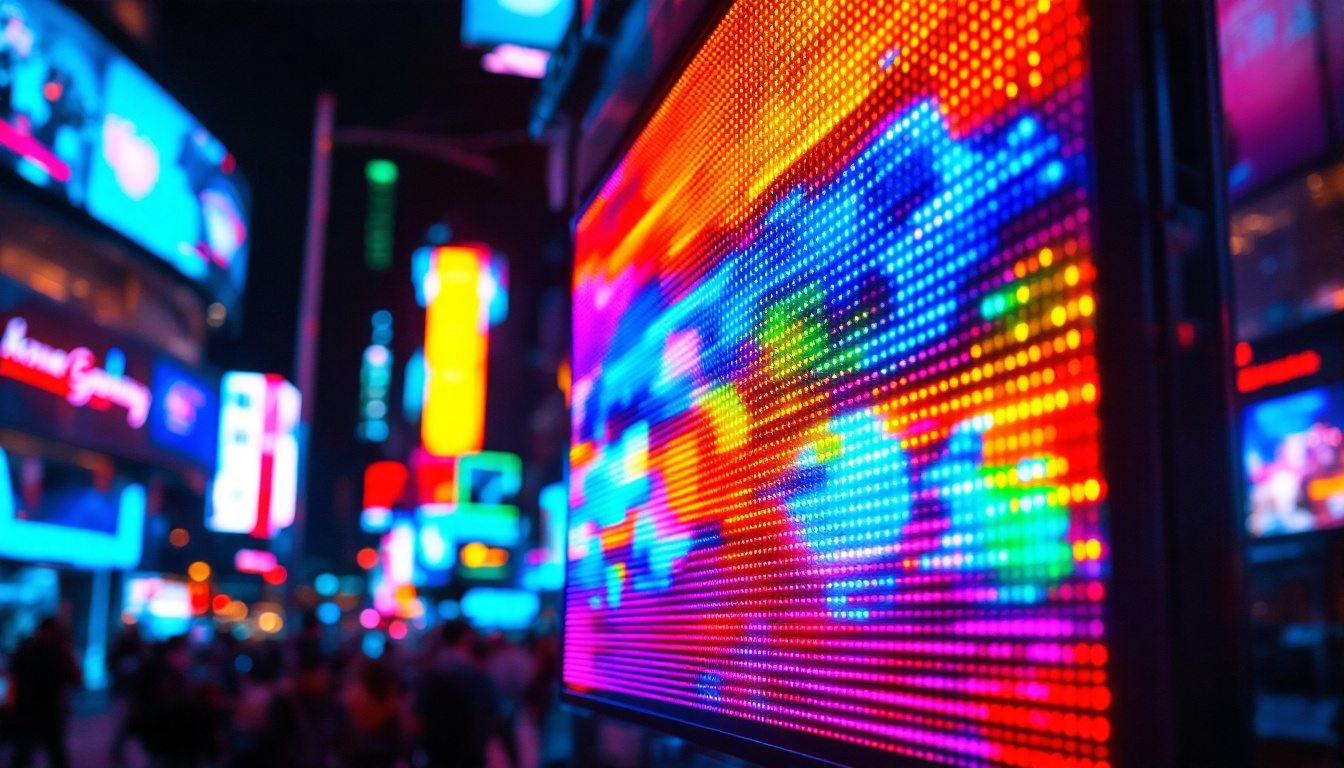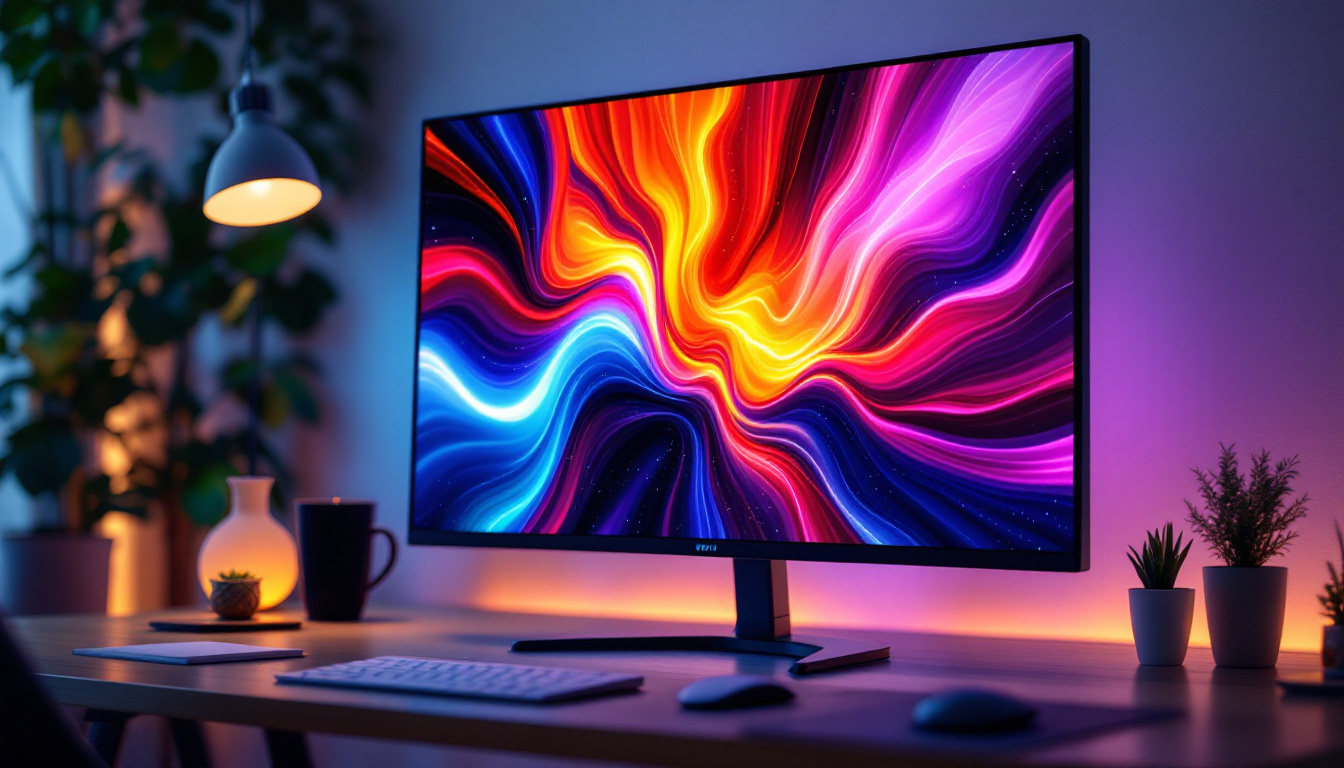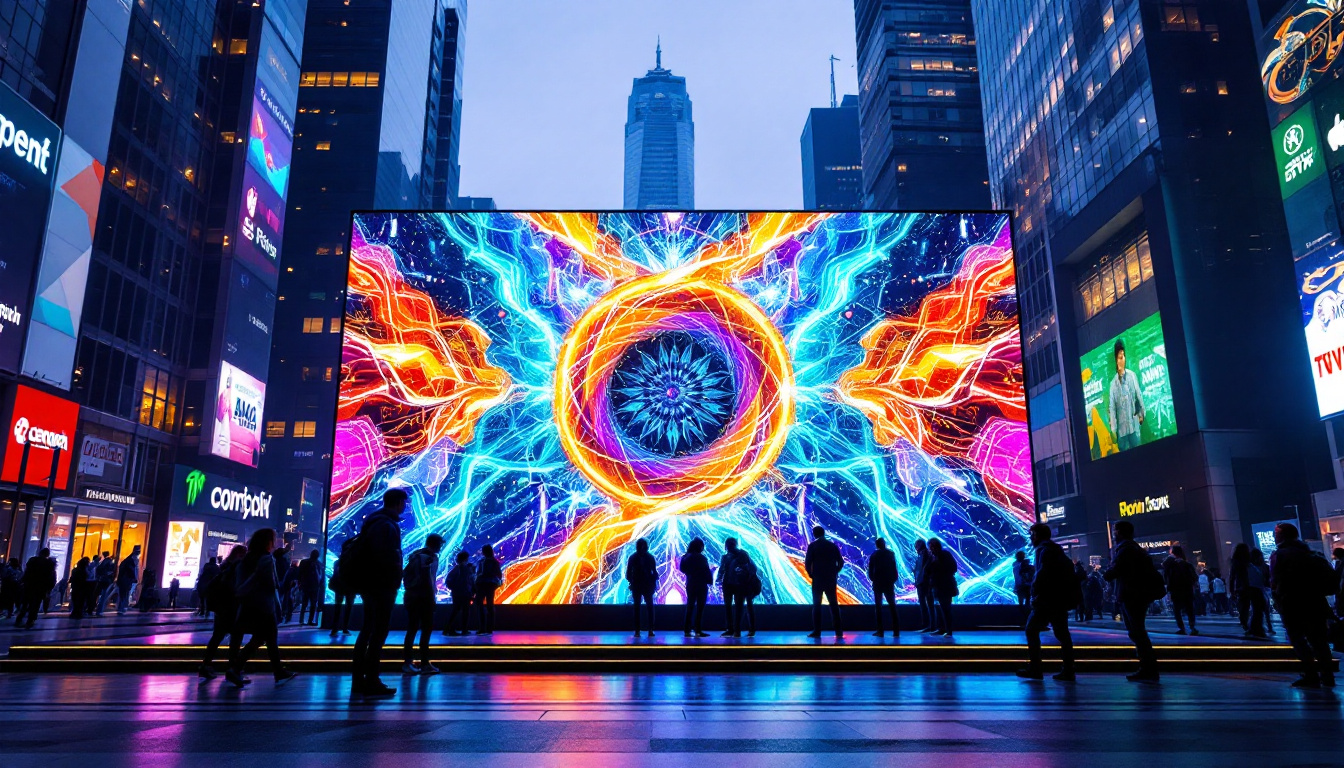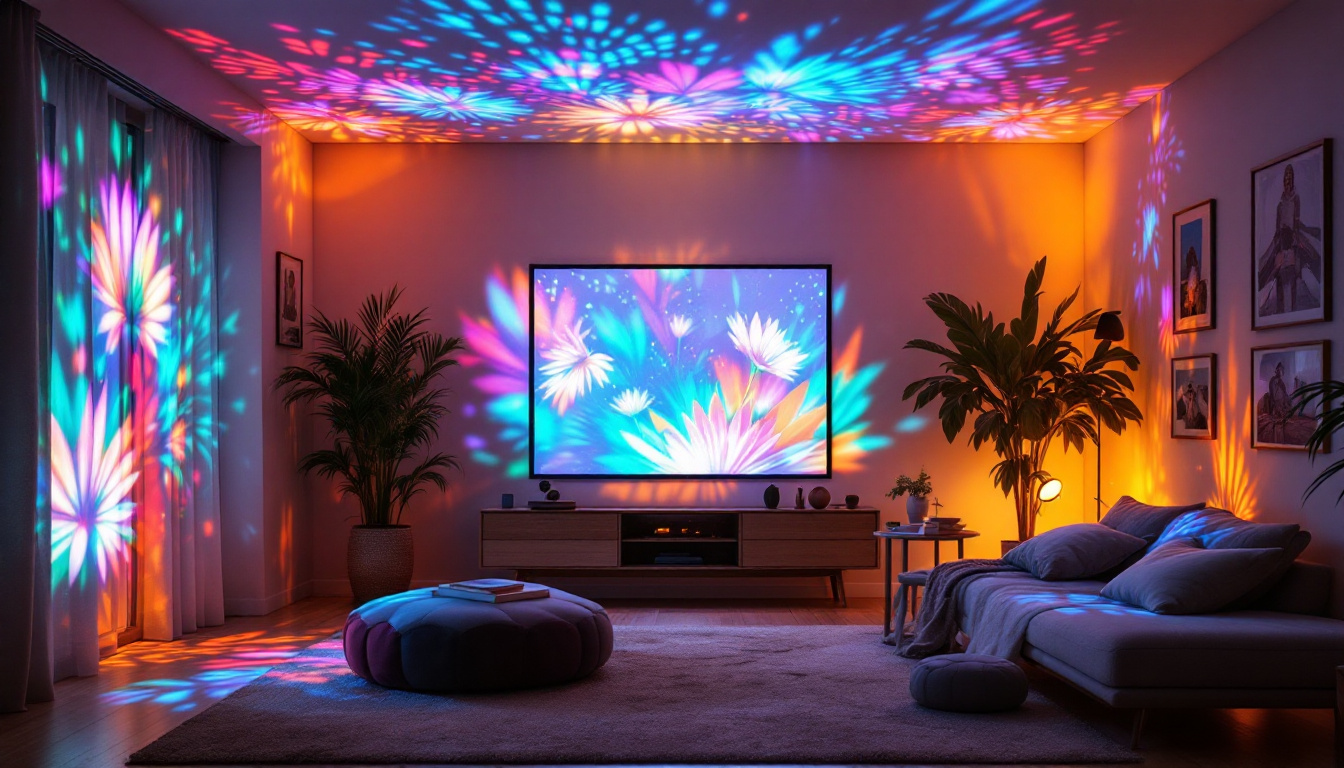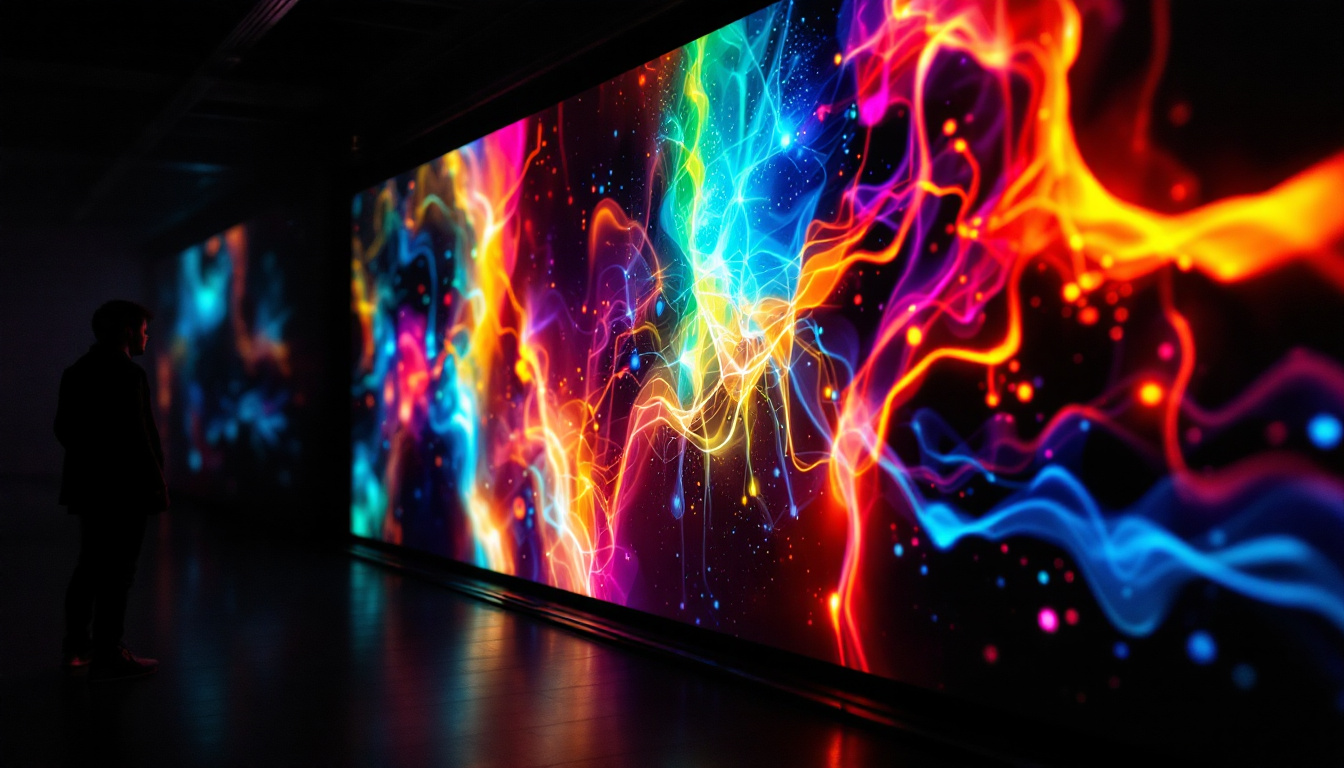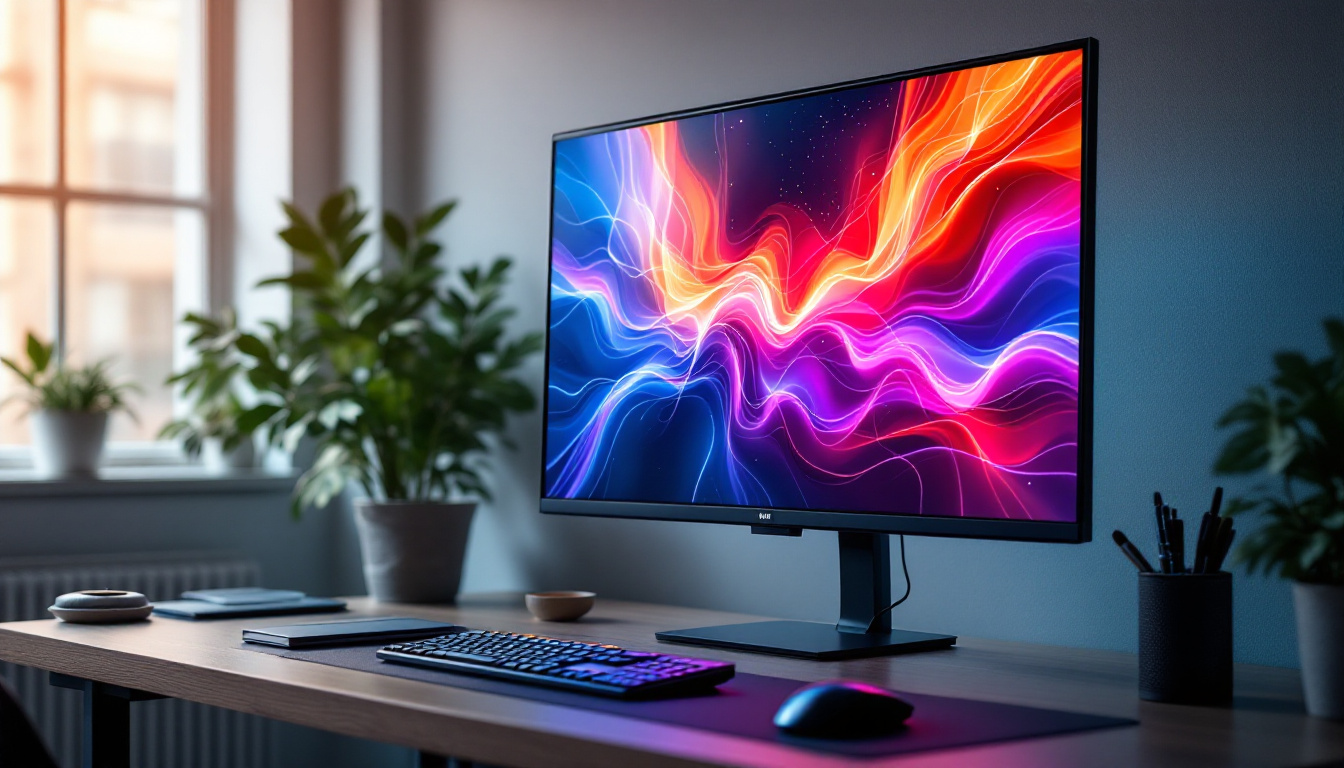Largest LED Screen: LED Display Explained
In the modern era of technology, LED displays have revolutionized the way we experience visual content. From massive outdoor billboards to high-definition screens in stadiums, the largest LED screens captivate audiences with their vibrant colors and clarity. This article delves into the intricacies of LED displays, exploring their technology, applications, and the largest installations around the globe.
Understanding LED Technology
Light Emitting Diodes (LEDs) are semiconductor devices that emit light when an electric current passes through them. This technology has evolved significantly over the years, leading to the development of LED displays that are now ubiquitous in various sectors. Initially, LEDs were primarily used for indicator lights and simple displays, but advancements in technology have allowed them to become a dominant force in lighting and display solutions, revolutionizing how we interact with visual media.
How LED Displays Work
LED displays consist of numerous tiny light-emitting diodes arranged in a grid. Each diode can emit red, green, or blue light, and by combining these colors in varying intensities, a full spectrum of colors can be produced. This RGB (red, green, blue) color model is fundamental to how images are displayed on screens. The ability to control each pixel’s brightness independently allows for dynamic range and depth in images, making them more lifelike and engaging.
The brightness and clarity of an LED display depend on several factors, including the quality of the diodes, the pixel pitch (the distance between the centers of two adjacent pixels), and the overall resolution of the screen. A lower pixel pitch generally results in a higher resolution, leading to sharper images and finer details. Additionally, the refresh rate of the display plays a crucial role in how smoothly motion is rendered, which is particularly important in applications like gaming and video playback where fluidity is key.
Types of LED Displays
LED displays can be categorized into several types, each designed for specific applications. The most common types include:
- Direct View LED: These displays are made up of individual LEDs that create images directly. They are often used for large outdoor screens and billboards, providing vibrant visuals that can be seen from great distances. Their durability and weather resistance make them ideal for outdoor advertising and public displays.
- LED Backlit LCD: In this type, LEDs are used to backlight an LCD panel, enhancing brightness and color accuracy. This is common in televisions and computer monitors. The backlighting technology allows for thinner screens and improved energy efficiency, making them a popular choice for modern consumer electronics.
- Organic LED (OLED): OLED technology uses organic compounds that emit light when electricity is applied. These displays offer superior color contrast and are thinner than traditional LED displays. Because each pixel generates its own light, OLED screens can achieve true blacks and a wider viewing angle, making them highly sought after for high-end televisions and smartphones.
Furthermore, there is a growing interest in MicroLED technology, which promises even greater efficiency and performance. MicroLED displays consist of microscopic LEDs that can be arranged in various configurations, allowing for modular displays that can be customized to any size or shape. This innovation could potentially lead to new applications in augmented reality and flexible display technologies, pushing the boundaries of what is possible in visual media.
Applications of LED Displays
LED displays have found applications across various industries, showcasing their versatility and effectiveness in communication and entertainment.
Advertising and Marketing
One of the most prominent uses of LED displays is in advertising. Billboards and digital signage in urban areas utilize large LED screens to capture the attention of passersby. Their bright and dynamic content can be easily updated, allowing advertisers to tailor their messages based on time, location, and audience.
Moreover, LED displays are often used in retail environments to promote products and enhance customer engagement. Interactive displays can provide information and facilitate a more immersive shopping experience.
Entertainment and Events
In the entertainment sector, LED displays play a crucial role in concerts, sporting events, and festivals. Large screens are set up in arenas and stadiums to provide audiences with close-up views of performances, ensuring that everyone can enjoy the event, regardless of their seating position.
Additionally, LED technology is integral to stage design, allowing for dynamic backgrounds and effects that enhance the overall visual experience. The flexibility of LED displays enables creative lighting designs that can transform any venue.
Transportation and Public Information
LED displays are also widely used in transportation systems, such as airports and train stations, to provide real-time information to travelers. Flight and train schedules, as well as emergency alerts, are often displayed on large LED screens, ensuring that passengers are informed and can make timely decisions.
Public information displays in cities provide updates on weather, traffic conditions, and public service announcements, making LED technology a vital component of urban infrastructure.
The Largest LED Screens in the World
The quest for the largest LED screen has led to some astounding installations around the globe. These colossal displays not only serve functional purposes but also become landmarks in their respective locations.
1. The LED Screen at the Las Vegas Convention Center
One of the largest LED screens in the world is located at the Las Vegas Convention Center. Measuring an impressive 1,200 feet long and 80 feet high, this screen is a marvel of modern technology. It features a high-resolution display that can showcase a variety of content, from advertisements to live event coverage.
The screen is designed to be visible from a distance, making it an effective tool for attracting attendees to events and exhibitions. Its size and clarity have made it a focal point of the convention center, drawing attention from visitors and enhancing their experience.
2. The Samsung LED Screen in Times Square
Times Square in New York City is known for its vibrant atmosphere and dazzling displays. Among the most iconic installations is the Samsung LED screen, which spans an entire building facade. This massive screen measures approximately 24,000 square feet and is capable of displaying high-definition content that captures the essence of the bustling square.
The screen is not only a platform for advertisements but also serves as a canvas for artistic displays and public announcements. Its strategic location ensures that it reaches millions of viewers daily, making it one of the most recognized LED screens in the world.
3. The LED Display at the Dubai Mall
Dubai Mall, one of the largest shopping malls in the world, boasts an impressive LED display that measures 1,500 square meters. This screen is located in the mall’s atrium and is used for various purposes, including promotional content, entertainment, and art installations.
What sets this display apart is its ability to create immersive experiences for shoppers. The screen often features stunning visuals that complement the luxurious atmosphere of the mall, making it a popular spot for visitors to pause and take in the spectacle.
Future Trends in LED Display Technology
The future of LED display technology is promising, with ongoing advancements that aim to enhance performance and expand applications. As technology continues to evolve, several trends are emerging in the LED display industry.
Higher Resolutions and Pixel Densities
As consumer demand for high-quality visuals increases, manufacturers are focusing on producing LED displays with higher resolutions and pixel densities. This trend is particularly evident in the development of microLED technology, which uses tiny LEDs to create displays with exceptional clarity and color accuracy.
MicroLED displays are expected to become more prevalent in consumer electronics, including televisions and smartphones, offering viewers an unparalleled viewing experience. The potential for smaller pixel sizes will also allow for more compact and flexible display designs.
Integration with Augmented and Virtual Reality
The integration of LED displays with augmented reality (AR) and virtual reality (VR) technologies is another exciting trend. As AR and VR become more mainstream, LED screens will play a crucial role in delivering immersive experiences.
For instance, LED walls can be used in VR environments to create realistic backgrounds, enhancing the overall experience for users. This synergy between LED technology and immersive media is expected to open new avenues for entertainment, education, and training.
Sustainability and Energy Efficiency
As environmental concerns grow, the LED display industry is increasingly focusing on sustainability and energy efficiency. Manufacturers are working on developing displays that consume less power while maintaining high performance.
Additionally, recycling programs for old LED screens are being implemented to reduce electronic waste. Innovations in materials and production processes are also contributing to a more sustainable future for LED technology.
Conclusion
The world of LED displays is vast and continually evolving. From their fundamental technology to their applications in advertising, entertainment, and public information, LED screens have become an integral part of modern life. The largest LED screens not only serve functional purposes but also act as landmarks that draw attention and inspire awe.
As advancements in technology continue to shape the future of LED displays, the possibilities for innovation are limitless. With higher resolutions, integration with immersive technologies, and a focus on sustainability, the next generation of LED displays promises to deliver even more captivating experiences for audiences worldwide.
In summary, LED displays are not just a technological marvel; they are a testament to how far visual communication has come and how it will continue to evolve in the years to come.
Explore Cutting-Edge LED Displays with LumenMatrix
As you marvel at the advancements and the sheer scale of the largest LED screens in the world, consider how LumenMatrix is at the forefront of this technological revolution. With a commitment to innovation and quality, LumenMatrix offers an extensive range of LED display solutions tailored to meet diverse needs. From Indoor and Outdoor LED Wall Displays to specialized options like Vehicle LED Displays, LED Sports Displays, and even Custom LED Displays, LumenMatrix is poised to elevate your brand’s visibility and audience engagement. Experience the future of visual communication today and check out LumenMatrix LED Display Solutions to create your own captivating visual experience.

